Boro Textiles: Sustainable Aesthetics —
Boro Textiles: Sustainable Aesthetics, New York, NY, USA,
"Boro" is Japanese traditional patchwork or mended textile handmade by peasants in Northern Japan in the 19th and early 20th century. Created from pieces of hemp fabric layered and patched together, boro was sometimes passed down and added to over generations.
SO–IL was commissioned by the Japan Society to design the exhibition for Boro Textiles: Sustainable Aesthetics. The exhibition displayed the rich boro collection of cultural anthropologist Dr. Chuzaburo Tanaka.
Craft, artfulness, and time is visibly embedded in each piece of the collection. Through reflection, lighting and suspension techniques we amplify these qualities so that each appears not as static, inert material but as a multi-dimensional and animate. Whereas other exhibitions surface the utility and practicality of the garments, using mannequins for display, each is suspended in silence without the use of mannequins. We contrast the weight of compounded memories, represented in the textured material patchwork, with the immateriality and weightlessness of memory itself.
Underneath each piece is a vitrine lined with reflective mylar so that visitors can view each from all angles. Lights are suspended from within the garments so as to give the impression of a warm heart beating inside.
Boro Textiles: Sustainable Aesthetics,
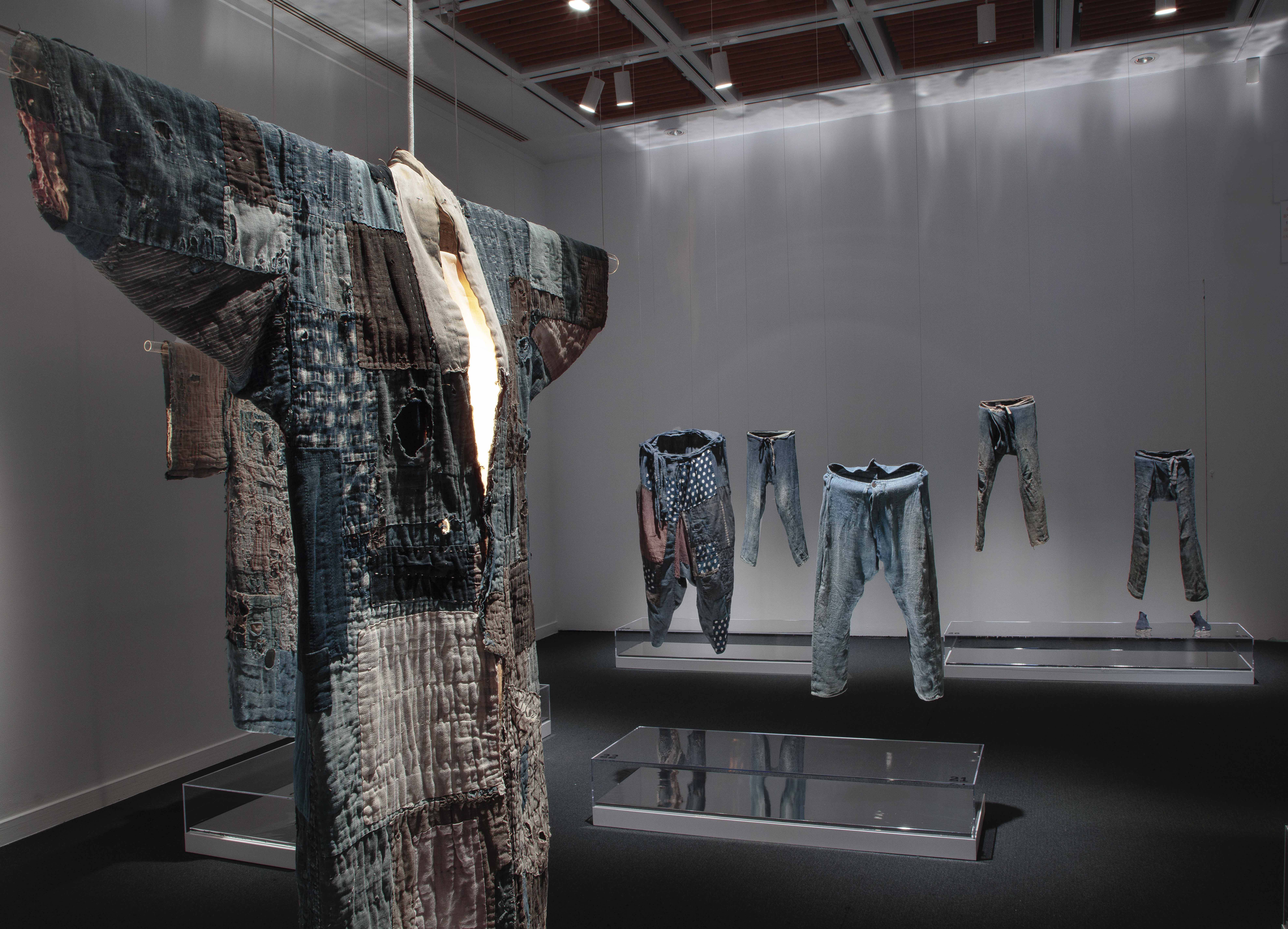
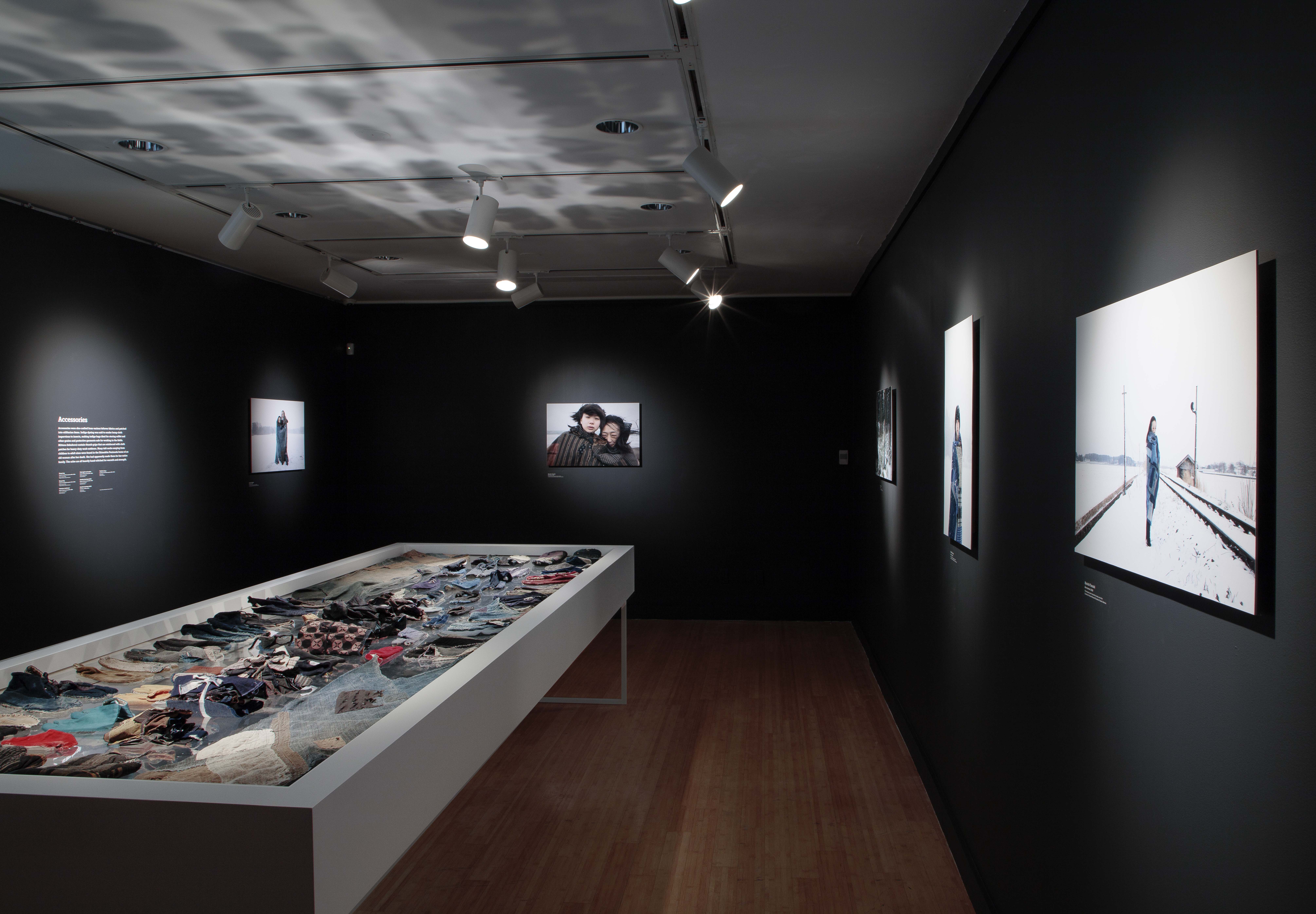
Boro Textiles: Sustainable Aesthetics —
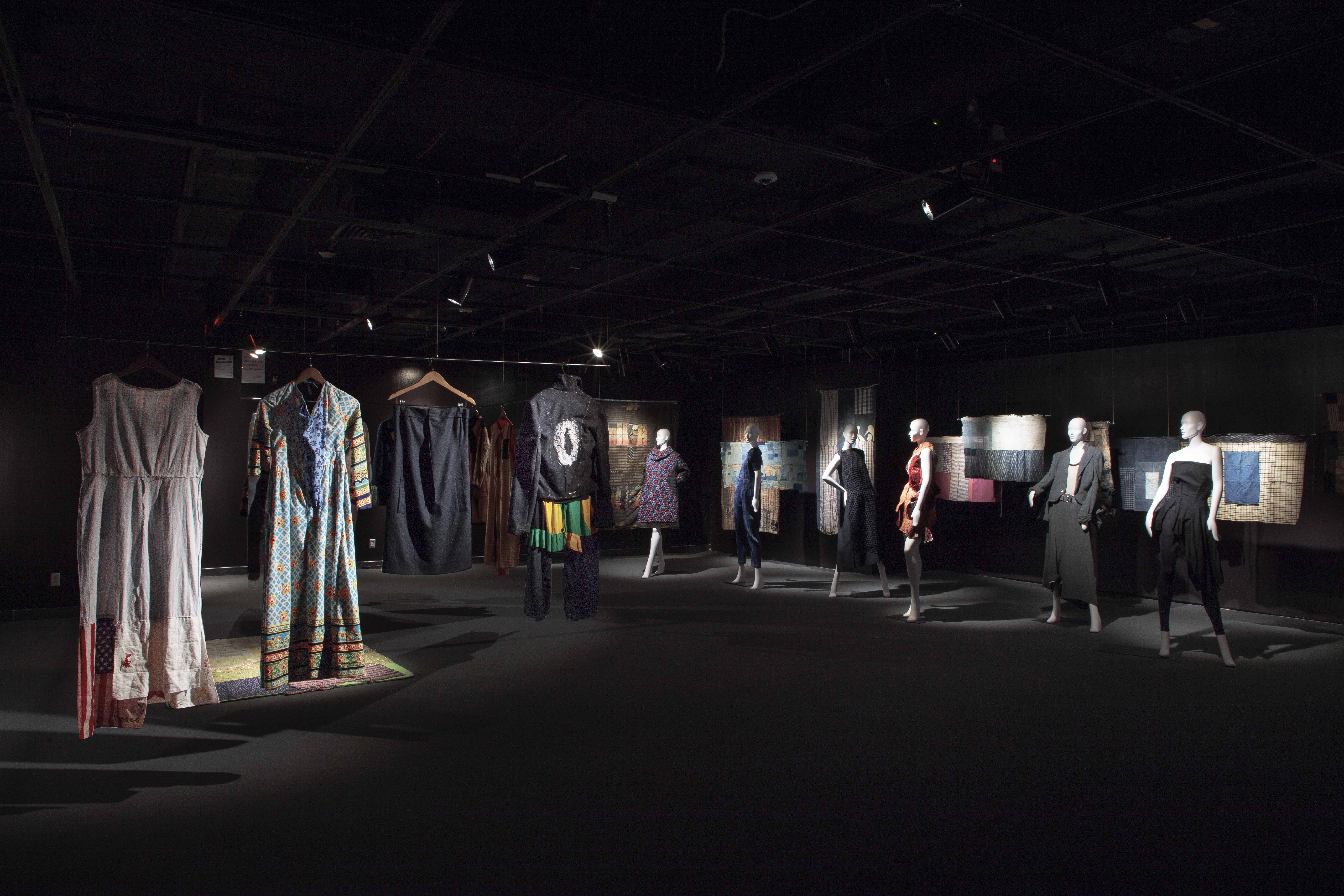
Boro Textiles: Sustainable Aesthetics —
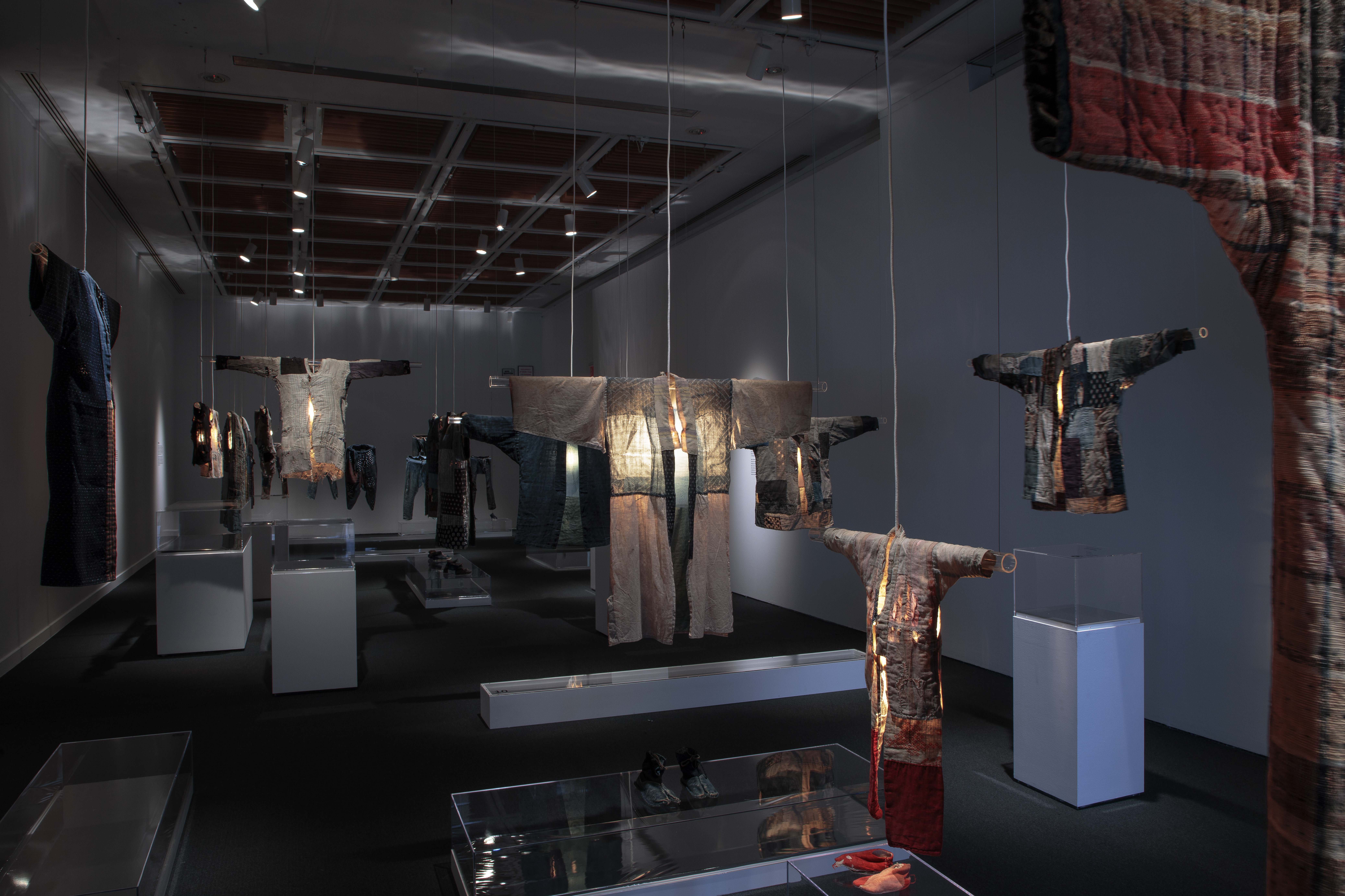
Boro Textiles: Sustainable Aesthetics —
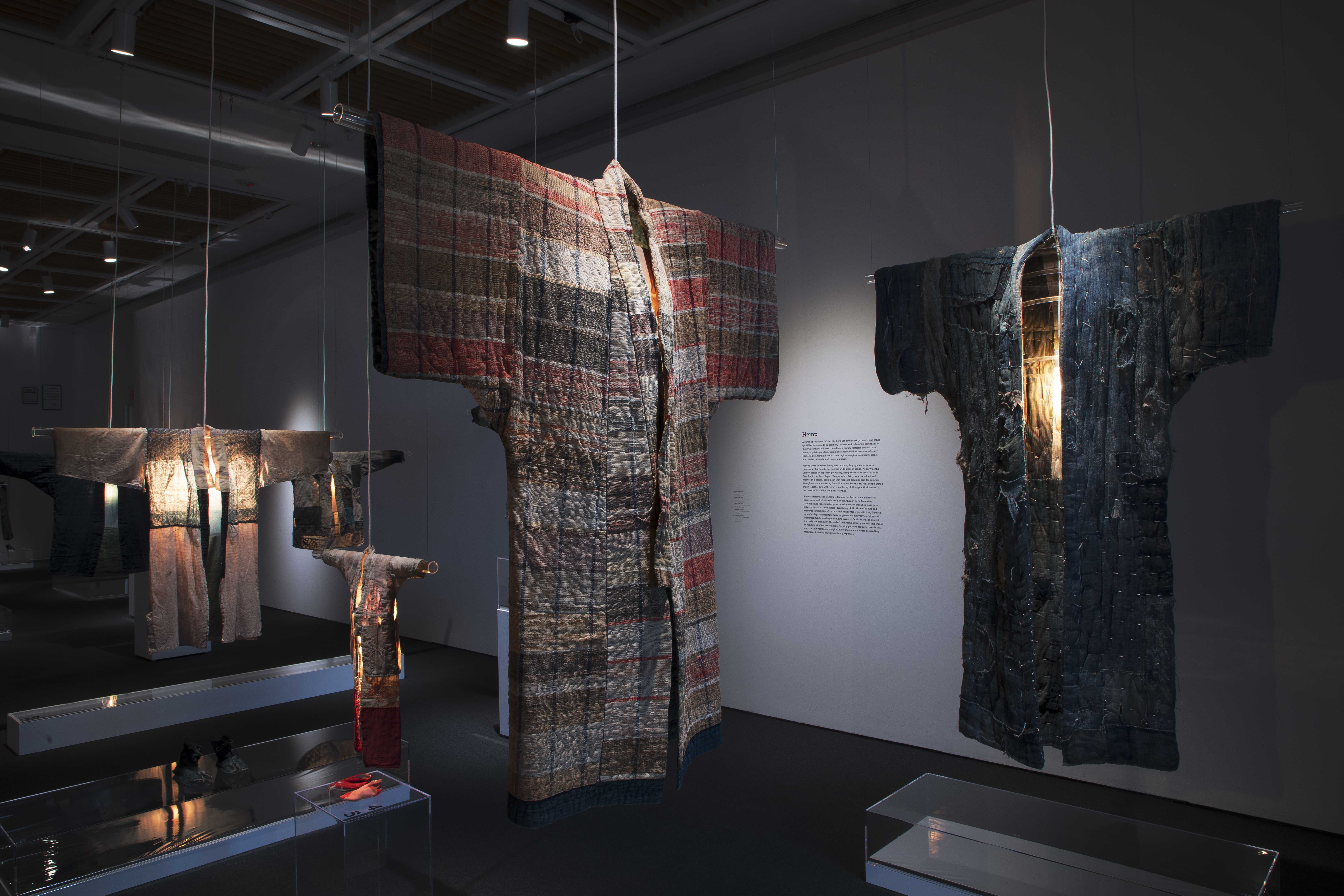
Boro Textiles: Sustainable Aesthetics —
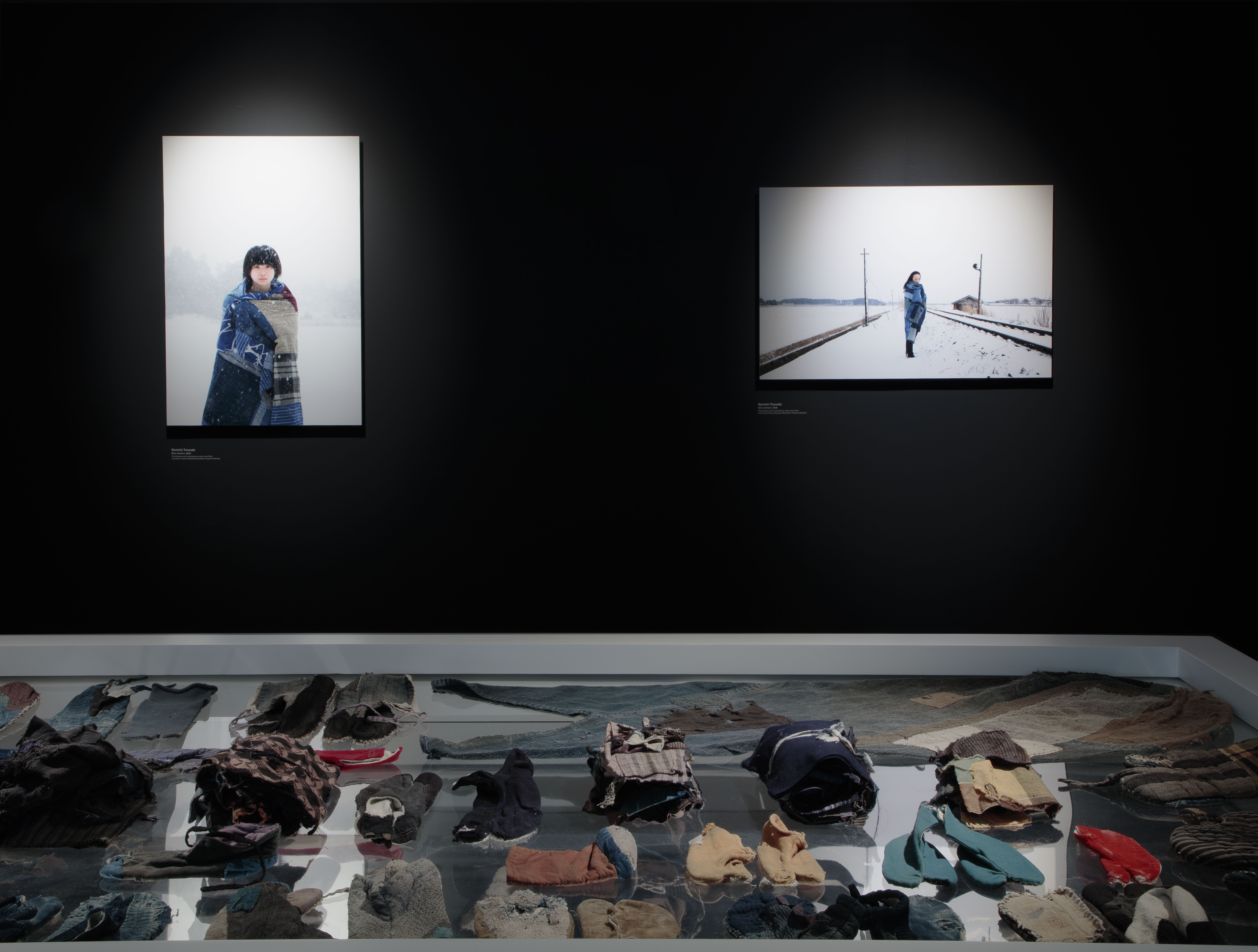
Boro Textiles: Sustainable Aesthetics —